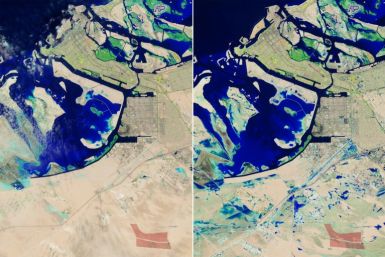Job losses and closures loom over mining sector in Australia

Almost 80 percent of Australia’s mining giants are planning major cuts to their expenditure as the mining industry braces itself for mine closures and more job cuts while iron ore and coal prices continue to lurk low.
David Hand, managing director of Newport Mining, said that the present situation in the mining industry is due to the hard core competition between coal and iron ore miners. “Miners are likely to make decisions in the next 12 months to shut more operations,” Mr. Hand told the AAP. “There are thousands of jobs hanging in the balance right across New South Wales.”
Mr. Hand expressed concerns that if the price of iron ore slumps further, small to medium scale iron ore miners such as Atlas Iron would suffer significantly. Skynews also reported that mining giant BHP is planning to cut the number of its Melbourne employees by 100, bringing it down from 400 to 300 employees. According to The Guardian, the report states that the coal mining scenario in New South Wales is expected to be affected by the prevailing low prices, while Pilbara iron ore producers in Western Australia are likely to face similar situations as well.
However, Mr. Hand believes that Australian mining companies are among the most innovative and entrepreneurial businesses and that they will soon pick up from the current depression. At present, iron ore is trading for a little above US$50 (AU$68.30) per tonne while the Chinese stock market oscillates between gains and losses. The latest Newport Mining Business Outlook Report also suggests that all is not lost for 16 percent of the mining bosses, who show signs of optimism about the prospects of their growth in the next 12 months.
This flicker of optimism from miners in 2014 was spotted for the first time in 3 years, although about 84 percent of mining leaders still showed no sign of optimism.
Contact the writer at feedback@ibtimes.com.au, or let us know what you think below.






